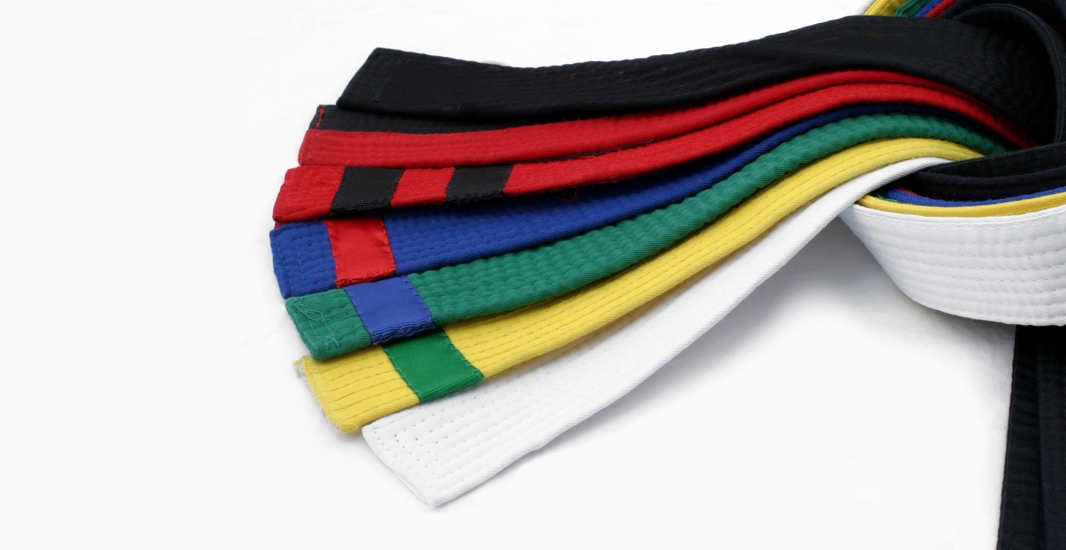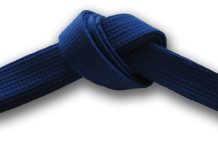I don’t understand why someone would fake their history and rank in the martial arts, it is their lineage, the lessons received and learned. I made Black Belt at fourteen years old in Hawaii in 1969, after studying for eight years. I failed my first Black Belt test because I had an attitude problem. I retested six months later, passed, and was given a one way ticket to the mainland. I was adopted by a great family and then went back to Hawaii two years later, in 1982, to test for Nidan. I passed and came back to the mainland. I waited ten years and John Townsley set up my 3rd Dan test. I got knocked out, and had to retest in Chicago at the L.A.M.A Nationals and was passed. I was blessed to have Jack Farr’s, Rick Fowler’s, Dan Anderson’s and Mako’s signed endorsement. In 1987 I tested for 4th Dan and passed the first time. In 1995 I tested for Godan, 5th Dan, and passed.
In 1999 the First Living Legends, Houston,Texas promoted me to 6th Dan through the Texas Legends. These included Jim Tony, Ed Daniel, Fred Wren, Matsbushi Ward, Linda Denley, Ishmael Rolbes, Stacy Mejia, Tim Kirby, Dan Anderson and Jim Harrison. In 2002, I went back to Hawaii and recieved Professorship and Judan from 40 Grand Masters including Ming Lum, Seng Au, Harry Young, Joesph St.Ives, Professor Dann Baker, Dr.Maung Gyi, Tony Tourshe, Kenn Firestone and Jack Wheat. In 2004, I was promoted to 7th dan, crossranked with Jim Harrison, John Chung, Bernard Bravermman, Kyoshi Matsbushi Ward, Dr. Maung Gyi, Dr. Patrick Price, Pat Burleson, James Stevens, Daryl Stewart and George Minshew. In 2005 at Arnold’s Banquet I was promoted to 9th Kyoshi, Cross ranked with Michael Depasquale Sr., Jim Harrison, Tokey Hill, Steve Sanders, Wesley Snipes, Ken Knudsen, Dennis Wilson, Don “The Dragon”Wilson, Chuck Vito, Bill Wallace, and Michael Depasquale Jr.
In 2008, Hanshi Sid Campbell, Sifu Mark Gerry, Hanshi Dan Tosh, Eric Lee, and Sifu Jimmy Willis awarded my Professorship in the World Martial Art Masters Association. Sam Lonewolf, pioneer of Hawaiian Kenpo awarded me another Professorship and Judan in Hawaiian Kosho ryu Kenpo Ju-jitsu Karate.
In 2010, I was inducted into the Masters Hall of Fame as a founder because of my work on the Museum of Sport Karate. Hanshi Patrick McCarthy and the International Ryuku Karatejutsu Reseach Society inducted me to the Honor Roll Hall of Fame for my work in collecting, interpreting, and attempting to present the history of Sport Martial Arts.
All that said, not every journey is planned and the ones that are not, those are the adventures that often teach us what we most need to learn. Rank had not been important to me, making rank became important to me as I began to understand that it is about honor and respect and the Ohana learned along the way. Those who have signed my certificates have each been some sort of a teacher to me, either personally or through their achievements in the arts. My rank honors them and their hard work and willingness to teach those of us who wish to learn.
The Very First Karate Rank Certificate
It was Gichin Funakoshi, the “Father of Modern Karate,” who awarded karate’s first Black Belt Dan upon seven men. The recipients included Hironori Ohtsuka, founder of wado-ryu karatedo, Shinken Gima, later of gima-ha shoto-ryu, and Ante Tokuda, (Gima’s cousin), Kasuya, Akiba, Shimizu and Hirose. This was a highly personal, yet formal, ceremony in which Funakoshi is said to have handed out lengths of black belting and a hand brushed menjo (diploma) to each of his pupils.
The Origins of Martial Arts Certificate Borders Design
Receiving a new belt with each advanced rank is only part of what makes the event so momentous. A martial arts certificate, with the signatures of those who have agreed that you have earned that rank, carries with it great historical significance and the border design embodies that significance. The origin of the phoenix and classic border design originates in the imperial court of China and was used by the Emperor only on Official documents.
There are three symbols on the Phoenix border:
- The Phoenix is a symbol of Virtue, Morality, Benevolence, Faith and Courtesy. The male is on the left side and the female on the right facing each other on the top center of the certificate.
- The Cloud placed on the top center of the certificate, between the male and female Phoenix symbolizes luck as clouds bring rains for farming.
- The Paulownia, situated on the sides and bottom of the certificate along with Chrysanthemum (crest of the Royal Family of Japan) symbolize an oath to the Gods.
There are four symbols on the classic border:
The Blue Dragon is identified with the water gods and the gods of fertility who invoke the rains on which the harvest depends. To Confucian scholars, this mythic creature of supernatural powers represents strength, virtue and loyalty.
- The Phoenix is a symbol of Virtue, Morality, Benevolence, Faith and Courtesy.
- The White Tiger is one of the Four Symbols of the Chinese constellations. It is sometimes called the White Tiger of the West, and it represents the west and the autumn season.
- The Black Tortoise is one of the Four Symbols of the Chinese constellations. It is sometimes called the Black Warrior of the North and it represents the north and the winter season. It is usually depicted as both a tortoise and a snake, specifically with the snake coiling around the tortoise.
Now that you understand the significance of advancing in rank, I hope you will also understand how important your rank and lineage really are and how those who fake their lineage are truly harming themselves and their students.











